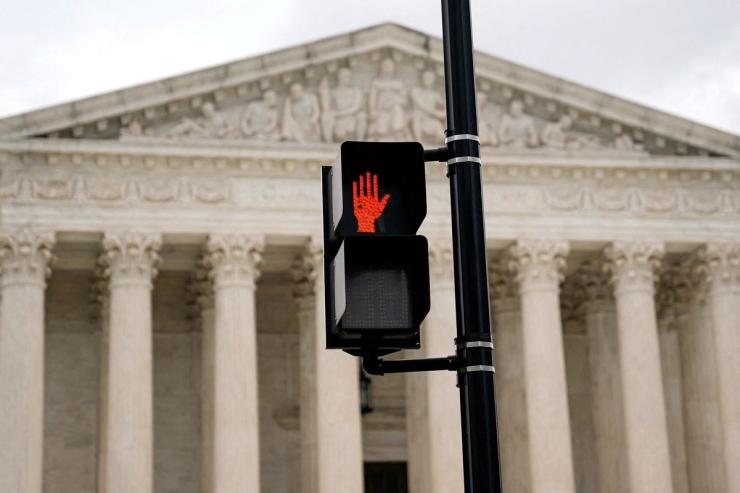The News
The U.S. Supreme Court on Tuesday rejected the “independent state legislature theory,” a once-fringe legal theory that would have prevented state courts from striking down election laws and maps passed by state lawmakers. The case originated out of North Carolina, where Republicans argued that the state Supreme Court shouldn’t have been able to throw out Republican-drawn voting district maps.
The court issued the ruling on a 6-3 vote, with Justices Clarence Thomas, Samuel Alito, and Neil Gorsuch dissenting.
We’ve curated insightful analysis from political and legal experts on what this means for the legal landscape ahead of the 2024 election.
Insights
- Allies of former President Donald Trump cited the theory in an attempt to overturn Joe Biden’s victory in 2020 and give the power to state legislators to choose electors. Several years ago, “many pundits might have considered it unthinkable that the Supreme Court would give a hearing to a theory such as I.S.L.T.,” Andrew Marantz wrote in The New Yorker. But the court’s rightward tilt and the 2020 election “have changed the consensus view of what’s possible.”
- Liberal activists had feared the case could open the door for Republican legislators to pass harmful election laws and go unchecked. The ruling speaks to the success voting rights advocates have had this Supreme Court term, political reporter Cameron Joseph pointed out. Earlier this month, justices upheld a key section of the Voting Rights Act, ordering that Alabama draw a new congressional map with more than one majority-Black district.
- While the Supreme Court struck down the most extreme version of the legislature theory, it maintained that federal courts can still sometimes second-guess state court rulings. But it didn’t issue any concrete standards or boundaries for state court decision-making, New York University constitutional law professor Richard Pildes writes. “We are going to see constant litigation around this issue in the 2024 elections” until those boundaries are made clear, he argued.
AD


